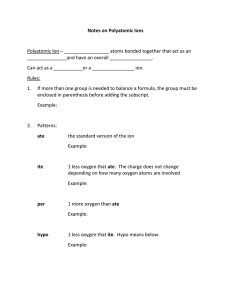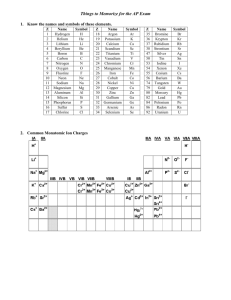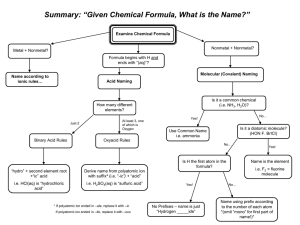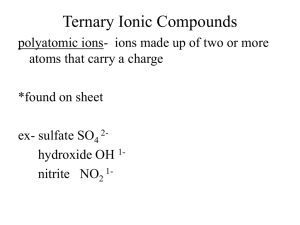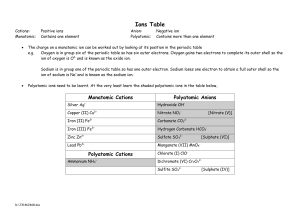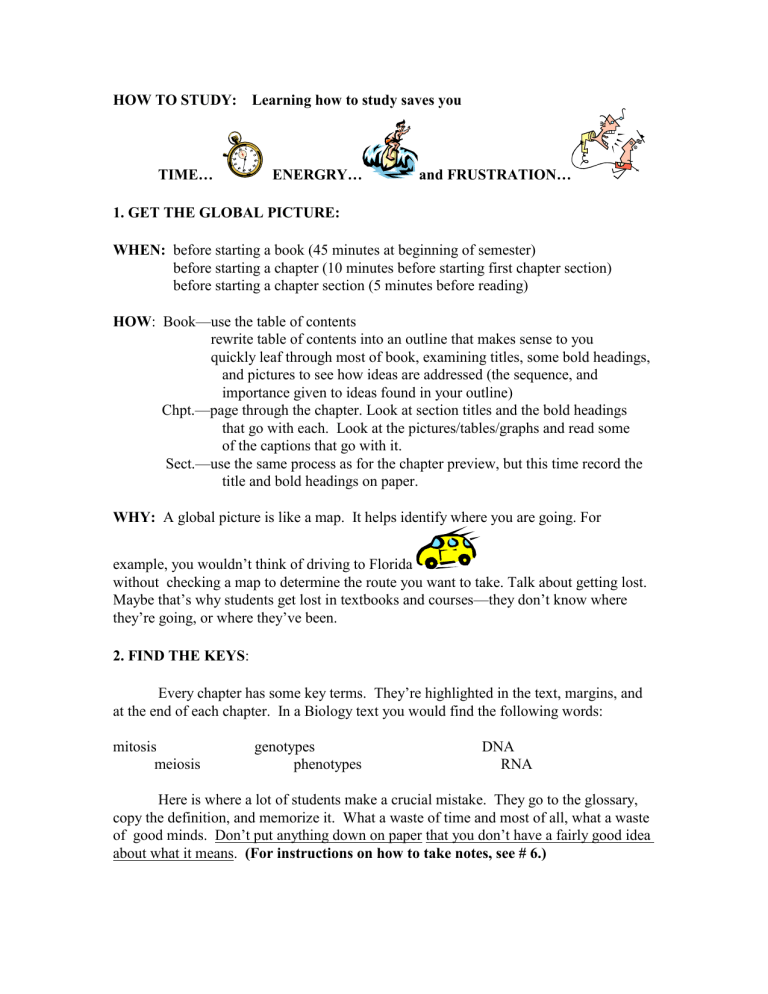
HOW TO STUDY: Learning how to study saves you TIME… ENERGRY… and FRUSTRATION… 1. GET THE GLOBAL PICTURE: WHEN: before starting a book (45 minutes at beginning of semester) before starting a chapter (10 minutes before starting first chapter section) before starting a chapter section (5 minutes before reading) HOW: Book—use the table of contents rewrite table of contents into an outline that makes sense to you quickly leaf through most of book, examining titles, some bold headings, and pictures to see how ideas are addressed (the sequence, and importance given to ideas found in your outline) Chpt.—page through the chapter. Look at section titles and the bold headings that go with each. Look at the pictures/tables/graphs and read some of the captions that go with it. Sect.—use the same process as for the chapter preview, but this time record the title and bold headings on paper. WHY: A global picture is like a map. It helps identify where you are going. For example, you wouldn’t think of driving to Florida without checking a map to determine the route you want to take. Talk about getting lost. Maybe that’s why students get lost in textbooks and courses—they don’t know where they’re going, or where they’ve been. 2. FIND THE KEYS: Every chapter has some key terms. They’re highlighted in the text, margins, and at the end of each chapter. In a Biology text you would find the following words: mitosis meiosis genotypes phenotypes DNA RNA Here is where a lot of students make a crucial mistake. They go to the glossary, copy the definition, and memorize it. What a waste of time and most of all, what a waste of good minds. Don’t put anything down on paper that you don’t have a fairly good idea about what it means. (For instructions on how to take notes, see # 6.) 3. PICTURE IT: Use pictures, graphs, and sketches to help you visualize information. If you are studying the cell in Biology, draw a cell with the DNA in the nucleus and the RNA in the cytoplasm. Use arrows to show the movement of the RNA messenger cells. If you are studying the Lewis and Clark expedition in history, sketch a map of the U.S. and the Louisiana Purchase, drawing in the rivers and routes used by these explorers. 4. QUESTION IT: All right! You’ve previewed the material, identified some key concepts and vocabulary, and pictured some of the information. Now do something that a lot of students don’t do. READ the text. But don’t just read the material word by word. Interact with it. Turn the bold headings into questions. For example, I have a Chemistry text in front of me, turned to Chapter 5.4. The first heading says “Polyatomic ions” so I say, “O.K., you got me. What are polyatomic ions?” As I glance through the section, I learn that they are two or more atoms that bond together to form a single atom. That makes sense—“poly” means many. “Oh, oh. I forgot what an ion is.” Back to the glossary—an ion is a positively or negatively charged atom. “Oh, yeah, now I remember. What’s an example?” Phosphorus, with the formula Ca(H PO ) . “Whoa! That’s a lot more complex than Iron iodide, FeI , the binary compound we studied in the previous section. But the book says that’s O.K.” Iron iodide is a monatomoic (mono means one) ion and phosphorus is polyatomic, but not to worry. A couple more rules and the reader will be able to understand them almost as easily as monatomic ones. How did I do? Did I interact with the material? Yes. 1. I looked up a key word in the definition that I needed to know to make sense out of the definition. 2. I connected with word roots, so that the next time I see the words, I won’t have to rely on rote memory. 3. I identified and jotted down an example. 5. TALK IT UP: Coaches and team leaders want their players to talk it up in sports. Concerts wouldn’t be concerts if the audience wasn’t responding to the music and musicians who play it. What do you do when something is really bothering you? A lot of people call a friend and talk about it. Talking gets you involved. It helps you process what is going on inside. That’s why talking is such a powerful tool for studying. It gets you actively involved with the material. It helps you process the information you have just covered. For example, after finishing the small section from my Chemistry book I might say, “Do I really know what polyatomic ions are? Well, let me see. I know that they are positively or charged ions, that they are two or more in number, and that one example of a polyatomic ion is phosphorus. I can’t remember the formula but maybe that will come after I learn the new rules that the book talks about.” 6. WRITE IT DOWN—See “How it Works” on back. As you work through a section in your text record the things you are learning. Use a single sheet of paper. Title one side Definitions and title the back side Answers. Here how it works. Record three key definitions and their answers. 7. REVIEW IT That’s right. Review three items you have recorded. Then write down three more items. Review everything you have recorded up to this time including the first three. Then record three more items and review all nine. Now add three more, but in your review drop the first three. The next time drop the first six, so that you won’t be reviewing more than nine items at any given time. Here is how it works: 1. 2. 3. 4. 5. 6. DEFINITIONS The 109 simplest substances from which more complex materials are made Pure substances made up of two or more elements A bond formed when atoms share pairs of electrons Review ------------------------- Review A negatively charged atom A bond between or among atoms that is formed by the attraction of oppositely charged atoms An ion made of two or more atoms bonded together that functions as a single atom ANSWERS 1. Elements 2. Compounds 3. Covalent bonding Review --------------------4. An ion 5. Ionic bonding 6. Polyatomic ion Review At times you may want to reverse the profess by flipping the page over to check if you can provide the definitions when given the answers. For example, would you be able to define what elements, compounds and covalent bonding are. RECAP: GET THE GLOBAL PICTURE FIND THE KEYS PICTURE IT QUESTION IT TALK IT UP. WRITE IT REVIEW IT That’s it. Practice those seven steps and you turn learning from a chore into a pleasure (well, sometimes).
